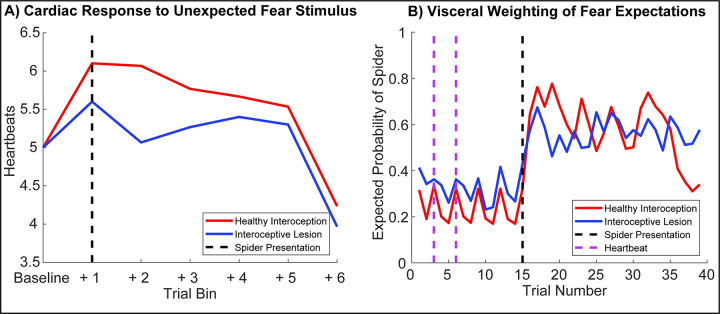Fig 3. Simulated Physiology and Perceptual Inference.
To establish the face validity of our model, we first set out to reproduce some basic psychophysiological phenomenology and establish how these phenomena change under ‘healthy’ (i.e., normative) versus ‘visceral lesion’ parameter settings. To do so, we fed agents a fixed sequence of cardiac and exteroceptive stimuli, such that the first 14 trials constituted a ‘baseline’ period of cardiac quescience (i.e., a steady heart rate), in the absence of arousing stimuli. On the 15th trial, an unexpected arousing stimulus (a ‘spider’) is presented and a further 85 trials simulated. This simulation was repeated for 60 simulated participants, each with randomized starting values, half of which had ‘lesioned’ interoceptive precision (β = 0.5, blue lines). Under these conditions our synthetic subjects exhibit a clear ‘startle’ or ‘defense’ reflex (Graham and Clifton, 1966; Sokolov, 1963), characterized by an immediate cardio-acceleration (left panel) and a dramatic shift in the posterior expectation of encountering another threatening stimulus. Interestingly, during the baseline period the posterior expectation of encountering a threat stimulus oscillates with the heartbeat; i.e., the lesioned subjects show both an attenuation of the cardiac response and a blunted belief update. Note that for the right panel, only trials 1–40 are shown. On the left, blue lines show summed heartbeats (time spent in systole) for 15-trial bins; on the right, lines depict the median posterior probability that the agent will see a spider on the next trial. See Methods and Results for more details.

